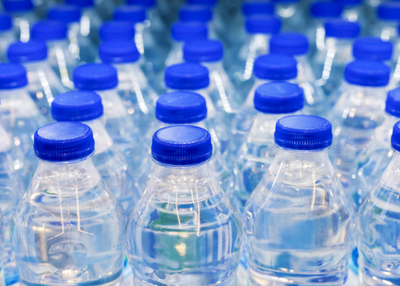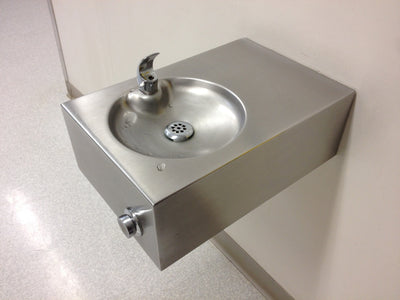Analies Dyjak | Policy Nerd
For Hydroviv’s city of Hartford, Connecticut's drinking water quality report, we collected water quality test data from Hartford's annual Consumer Confidence Report and the U.S. Environmental Protection Agency. We cross referenced water quality data with toxicity studies in scientific and medical literature. The water filters that we sell at Hydroviv are optimized to filter out contaminants that are found in Hartford's drinking water.
Where Does Hartford Source Its Drinking Water?
Hartford sources its drinking water from surface water reservoirs throughout the massive Farmington River Watershed. Because Hartford’s source water is entirely surface, pollution that’s discharged into the river or its tributaries has the potential to enter drinking water. Hartford, as well as the rest of the state of Connecticut, has a long industrial history. Hartford drinking water has contaminants associated with industrial activities such as Strontium, Barium, Vanadium and Chromium 6. Additionally, hormones caused by household waste were detected in the city of Hartford's most recent drinking water quality report.
Lead In Hartford Drinking Water
Hartford is an older city, so it’s no surprise that lead contamination is a big problem. Lead enters tap water through old lead service pipes and lead-containing plumbing. 10% of sites tested for lead had concentrations over 4 parts per billion. But the highest level detected in Hartford drinking water was 148 parts per billion. Environmental Protection Agency, Center for Disease Control, and American Academy of Pediatrics all recognize that there is no safe level of lead for children. Additionally, municipalities are only required to test a handful of homes every few years, so the levels reported in Hartford’s annual water quality report might not reflect the lead levels in your tap water. Lead exposure can cause developmental issues, lowered IQ, and damages to the kidneys and brain.
Disinfection Byproducts In Hartford Drinking Water
Hartford also has a serious problem with disinfection byproducts or DBPs. DBPs are formed when chlorine-based disinfectants that are routinely added to the water supply to kill bacteria, react with organic matter. In this years report, concentrations of haloacetic acids ranged from 7.7 to 38.2 parts per billion and 15.3 to 72.8 parts per billion for trihalomethanes. For a bit of perspective, EPA’s maximum contaminant level for haloacetic acids is 60 parts per billion and 80 parts per billion for trihalomethanes. While Hartford's water quality is technically in compliance with EPA’s threshold, regulatory agencies have very little knowledge about the adverse health effects of DBPs, and their toxicity. EPA has stated that they have been linked to an increased risk of bladder cancer, as well as kidney, liver, and central nervous system problems.
Other Articles We Think You Might EnjoyLead In Drinking Water: What You Need To Know
What Are Disinfection Byproducts?
Breakdown of The Lead and Copper Rule





